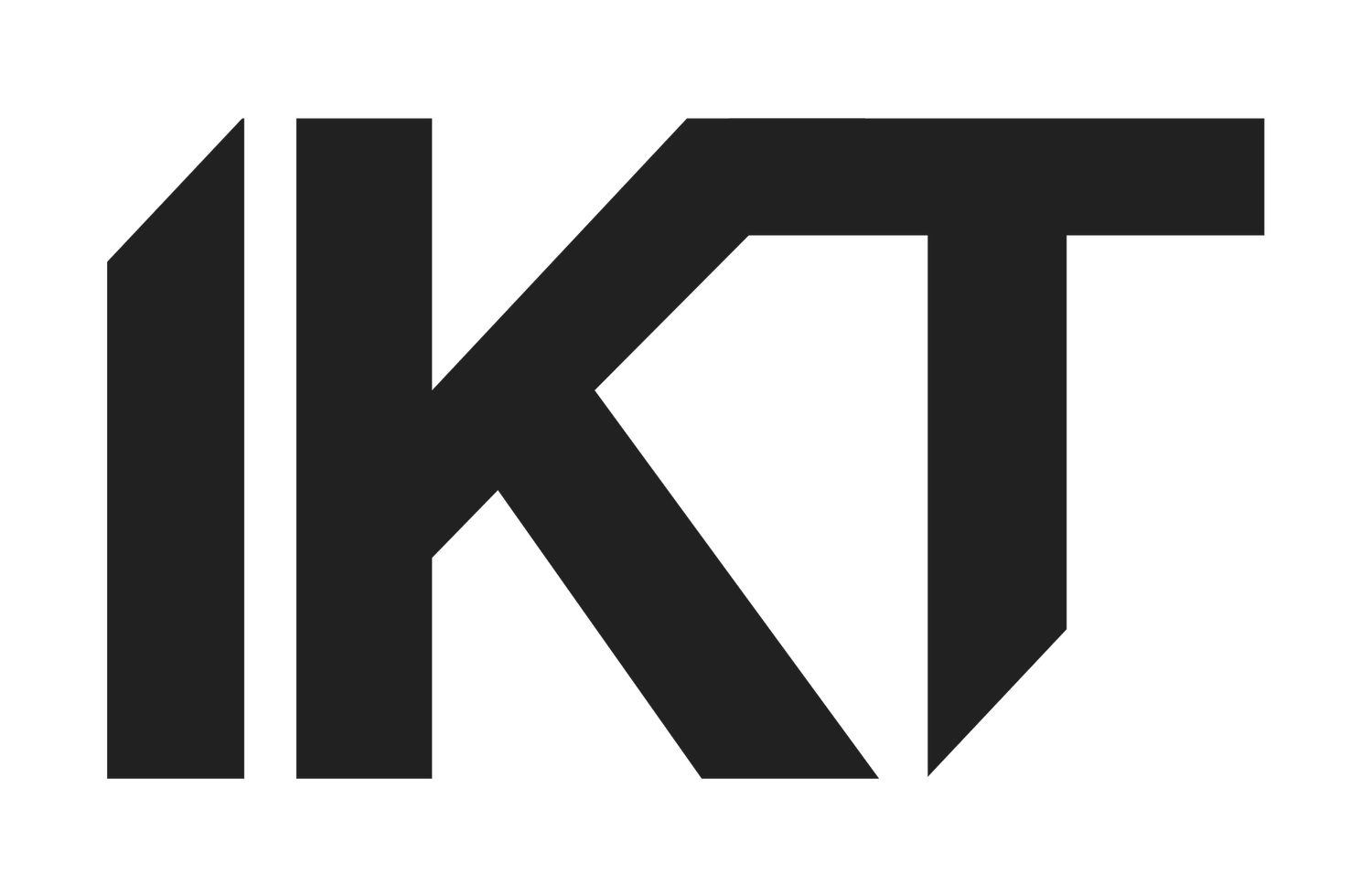Dorothea Rust
During the IKT Congress 2024, delegates will have the exclusive opportunity to visit Gleis 70 artist studios and meet Dorothea Rust.
Dorothea Rust grew up in the landscape and society of a small town in central Switzerland. From 1983 to 1990, she worked with choreographers and musicians in New York, one of the most heterogeneous metropolises with immigrants from all over the world. From 1999 to 2006, she studied Fine Arts and Cultural/Gender Studies at the ZHdK, and since then, she has been meeting and working with people from different cultural contexts and continents.
For over 30 years, Dorothea has been on the road with dance and art performances, exhibitions, interventions, and collaborations in public spaces, on music and art stages in Europe, North and South America, and Asia. Encounters with people and places in performance situations are always challenging; experiences in different cultural contexts continuously influence her artistic practice. Her network is translocal; as an artist and co-initiator of platforms and networks for performative practices, she is in exchange with art workers from other geographical and cultural regions (Asia, Europe, North America South America...).
Based on her experience in German expressive dance and postmodern dance, the exploration of the body in movement is essential. Her artistic practice is rooted in a somatic understanding of movement, body, and space, a fundamental attitude informed by sensory perception and observation. It can be applied productively and reflectively to many areas. She lets herself be guided and seduced by the complexity of the application fields of dance, performance, and art. They are also used in teaching in various institutions, at universities, at dance and art festivals, and in her own practice. The motor is the risk and the interplay with gravity, the latent loss of control in relation to space and context in its various levels of agency and meaning. What she calls the body is the (lowest) common denominator that humans share with other living beings, organisms, and things. The precarious thing is that it is vulnerable, can get lost and is constantly transformed, making her experience again and again that she may never have possessed it at all: a shared body that can relate and link to technology and other living beings and organisms. From this position, she cannot think and experience bodies without context.
She considers performances to be (artistic) interventions that mesh with spaces that are 'pre-coloured'. Their history and histories and social and political references affect artistic processes from the outset. Reference layers can make themselves felt peripherally and polyphonically in the performative situation: How tangible, how subtle an immediate specificity is evoked can (only) be experienced in the performative situation.
She understands performance as a dissenting and queer aesthetic practice. The queer is in all (performative) being. It asks her to think and act relationally, i.e. relationship-oriented and not in oppositions. It demands openness to others and other-ness, to beings and worlds that she does not understand. It loosens the boundaries of practice and theory, of art, culture, and political action. It is important to trace it again and again, even to track it down. It can (subliminally) take on activist dimensions.
Performance can lead to the attainment of knowledge and insight. The performative situation creates a space in which all those present and also mentioned absent ones are involved in the performative process: Every performance is preceded by intensive research. Texts and used materials/media from the research time are put to the 'trial' in the acute live situation and thus are renegotiated. As active mediators, they create new, different narratives beyond the live act, which can lead to other, queer insights and findings in reflection, even in retelling.
Writing and oral retelling of performances are just as effective as the 'live situation itself'. Seen in this way, writing is done 'over and above' the live performance situation. It continues poetically-performatively in oral and written retelling. The physically immediate spatial-somatic presence of the writer/narrator in the writing process tickles the (experienced) live situations. The after-experiencing, even 'after-quaking' of performance 'in the limelight' of writing and narration takes unusual perspectives. It recontextualizes the live situation and links it to everyday politics. Taking material around and from her performance works and transferring it into other expanded and deepened forms of media expression than the live act is a current concern, a track she has been following for some time. Where it will lead to is an open question.
ABOUT GLEIS70
The Gueststudio Gleis70 is located in Zurich Altstetten in a former factory building in a industrial area. Artists, musicians, designers, inventors, composers, writers, graphic artists, dancers, filmmakers, and many more work in the Gleis70 Cooperative building. It is located right beside the tracks of the train Zürich-Bern/Basel and is easily accessible by public transportation.

